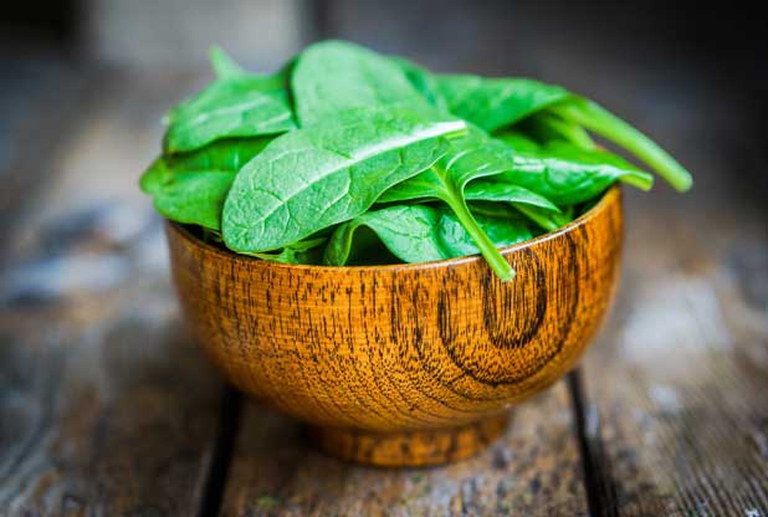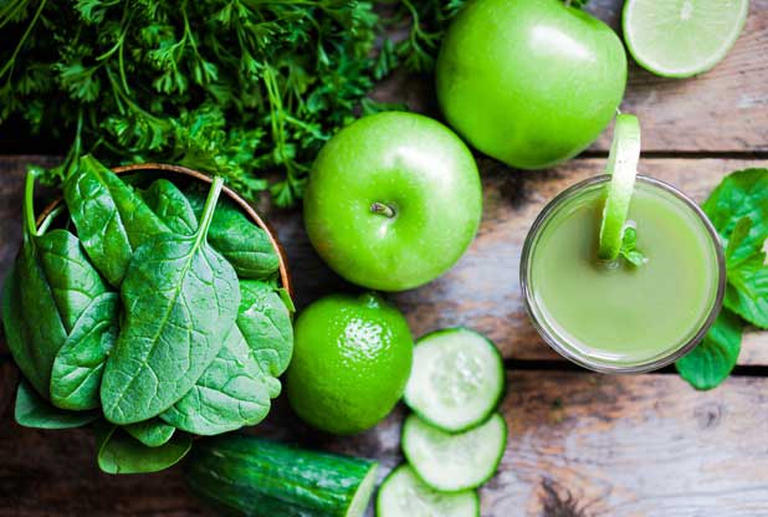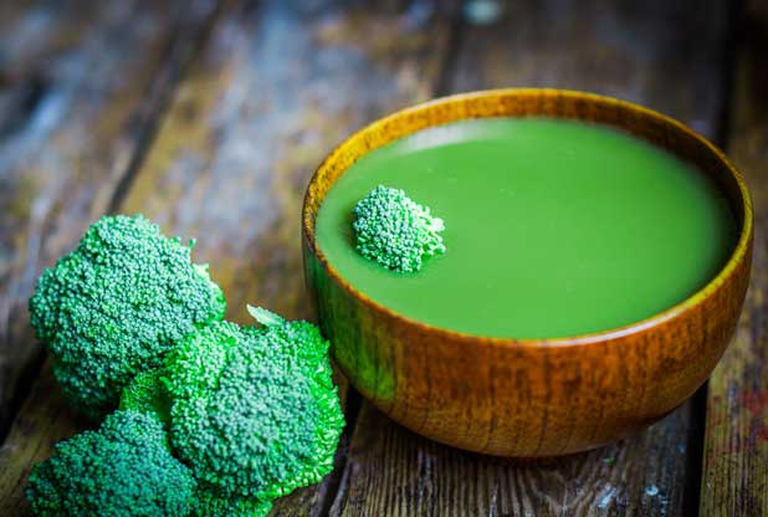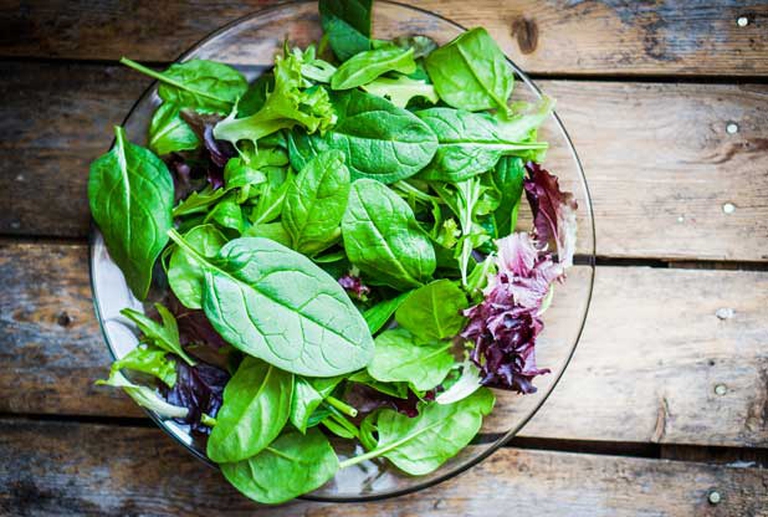
Among the foods in season in September are grapes, a precious, tasty and healthy fruit. Here’s a list of seasonal fruits and vegetables to eat and buy this month.
Where there’s no light there’s no chlorophyll and where there’s no chlorophyll no vitamins are synthesised. This is only one of the virtues of this substance. Let’s discover the others.
Chlorophyll is the pigment that colour green the leaves of vegetables. It has the function of absorbing the sunlight (red, blue and violet radiation) in order to trigger the photosynthesis process, which is vital for the plant.

Its chemical formula is curiously very similar to that of hemoglobin, which is contained in our blood. They differ just for one substance: magnesium replaces iron in the chlorophyll.

But why is chlorophyll so precious for us? First of all, it’s thanks to it that when we eat green vegetables we feel a sense of freshness in our mouth. Then it has many “extra nutritional” properties: it is good to treat anemia, it purifies the blood, it tones the heart, it regulates cholesterol levels, it scars over, it disinfects and deodorises the skin, it neutralises the toxins and it regenerates the tissues.

Vegetables rich in chlorophyll include spinach, beet tops, broccoli, collard greens, Tuscan kale, dandelion, chicory, turnip greens, catalogna chicory, agretto and spirulina algae. It would be ideal to eat these vegetables raw or undercooked and to remember that thinly cut raw broccoli seasoned with extra virgin olive oil, salt and lemon are really tasty and easily digestible.
The vegetables that are grown in the shade (like radicchio, cardoon, celery and some types of lettuce) must be used in cooking with green vegetables: with this farming technique vegetables are grown in the dark in order to make their fibre more tender and crunchy. This process makes the vegetables be poorer in vitamins, because where there’s no light there’s no chlorophyll and where there’s no chlorophyll no vitamins are sinthesised.

So, green light with green vegetables and remember to go in for those with darker leaves that are really a great source of chlorophyll and vitality.
Siamo anche su WhatsApp. Segui il canale ufficiale LifeGate per restare aggiornata, aggiornato sulle ultime notizie e sulle nostre attività.
![]()
Quest'opera è distribuita con Licenza Creative Commons Attribuzione - Non commerciale - Non opere derivate 4.0 Internazionale.
Among the foods in season in September are grapes, a precious, tasty and healthy fruit. Here’s a list of seasonal fruits and vegetables to eat and buy this month.
At this time of the year fresh and juicy watermelon is one of the most versatile fruit that can be used to prepare savoury and refreshing dishes. To conclude a summer dinner there is nothing better than a watermelon sorbet: blend the watermelon with some acacia honey and put it into the freezer; add a
Tomatoes, aubergines, peppers, peaches and watermelons: these are only some of the delicious fruits and vegetables for July groceries shopping.
What fruits and vegetables are in season in June? Among other things, apricots. Here’s a list of seasonal foods to buy and eat this month.
February is the best month to begin cleansing the body from toxins accumulated during the winter: let’s start every meal with a detox salad with fennels, leeks and turnips seasoned with extra virgin olive oil and a pinch of salt. At the end of the month, you can collect early small and tender dandelion leaves,
What fruits and vegetables are in season in Winter? January means citrus fruits, the best source of vitamin C during cold days. Here’s the list of all seasonal foods to eat and buy this month.
December means Winter holidays and feasts. To not exagerate with food, here’s a list of seasonal fruits and vegetables to eat and buy in December.
To us, October means mushrooms. We suggest an original and elegant recipe: boletus salad with dill. Serve it as a starter with rye bread. Preparation is simple: just sliced fresh mushrooms with fresh dill, chives, extra virgin olive oil and salt, garnished with a few pomegranate grains. Another food that ripens in October is the winter
Food irradiation involves exposing food to bursts of gamma rays, X-rays or electron beams to eliminate risks associated with microbial contamination, as well as to increase products’ shelf life. It has been used for many years in Asia, the United States and Europe (Netherlands, Belgium and France mostly), but it is not yet fully accepted by consumers and public opinion. A point







